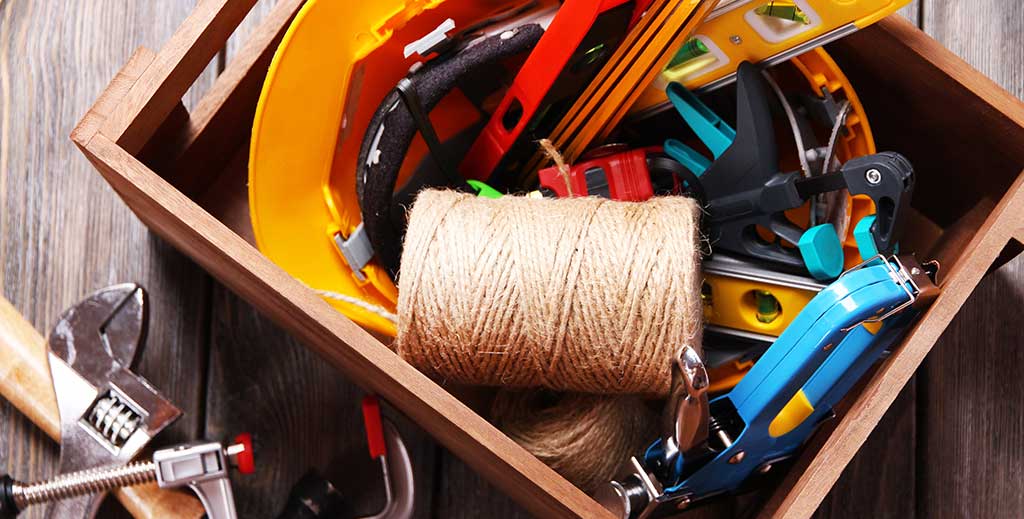“Unauthorized Operation Is At Risk Behavior”
Contractor workers have been drilling mud-rotary holes on a site for the 18 months, collecting water samples as they progressed. The driller and driller’s helper elected to change designated positions during the job. At the time of the incident the driller’s helper was operating the drill rig. The helper was neither trained nor authorized to perform drilling operations. The acting helper was attaching the ring swivel to the drill string.
The acting driller simultaneously noticed the rod spinner, which tightens or loosens drill pipe from the drill string, was not fully retracted. The acting driller attempted to retract the rod spinner but pushed the control lever in the incorrect direction. The rod spinner pressed forward crushing the acting helper’s right middle finger between the rod spinner and the ring swivel.
When the ‘acting driller’ realized what had happened he again accidentally pushed the control lever in the incorrect direction applying additional force to the injured hand. The ‘acting helper’ then pushed the lever in the correct direction, retracting the rod spinner and freeing the acting driller’s hand. The injured worker was transported to a local hospital.
A compound fracture, tendon, and artery were repaired in surgery.” Courtesy of Shell Company
LESSONS LEARNED:
• Workers must only perform activities for which they are specifically trained and authorized.
• Even if we are trained for a task we won’t do it well and safely if we are not prepared
• Workers must not engage equipment or have hands near control levers when others are near the equipment.
• Possible pinch or crush points in and around equipment must be identified in advance and training should reinforce avoidance of these points.
• There is a always enough time for an accident Know Your Pinch Points!
The physical forces applied to a body part caught in a pinch point can vary and cause injuries ranging from bruises, cuts, and scalping to mangled and amputated body parts, and even death.
Workers in field, industrial, and office settings are all affected by caught or crush hazards to some degree. Get training and learn about the caught/crush hazards and pinch points specific to your tasks, tools, and equipment so you can take precautions. Dress appropriately for work with pants and sleeves that are not too long or too loose. Shirts should be fitted or tucked in. Avoid wearing loose and dangling jewelry. Tie back long hair and tuck braids and ponytails behind you or into your clothing. Wear the appropriate, well-fitting gloves for your job. Look for possible pinch points before you start a task. Take the time to plan out your actions and decide on the necessary steps to work safely.
Give your work your full attention. Don’t joke around, daydream, or try to multitask on the job – most accidents occur when workers are distracted. Read and follow warning signs posted on equipment.
If you value all that your hands can do, THINK before you put them in a hazardous spot. Machinery can pose a hazard with moving parts, conveyors, rollers and rotating shafts. NEVER reach into a moving machine. Properly maintain and always use the machine and tool guards provided with your equipment; they act as barriers between the moving parts and your body. Don’t reach around, under or through a guard and always report missing or broken barriers to your supervisor. Turn equipment off and use lockout/tag out procedures before adjusting, clearing a jam, repairing, or servicing a machine. Caught/crush hazards are not limited to machinery. Vehicles, powered doors, and forklifts can pose a crush hazard unless they have been blocked or tagged out. Never place your body under or between powered equipment unless it is de-energized. Doors, file drawers, and heavy crates can pinch fingers and toes. Take care where you place your fingers. Test the weight before lifting, carrying, and placing boxes; an awkward or heavy load can slip and pinch your hands or feet. Get help or use tools to move large and/or heavy items. If you have ever slammed your finger in a door, you can appreciate the pain associated with this common type of caught/crush injury.
Take the time to learn about the caught/crush hazards in your work area so you don’t learn about the consequences first hand.
“The few who do are the envy of the many who only watch” Jim Rohn
Thanks for the share TO!



